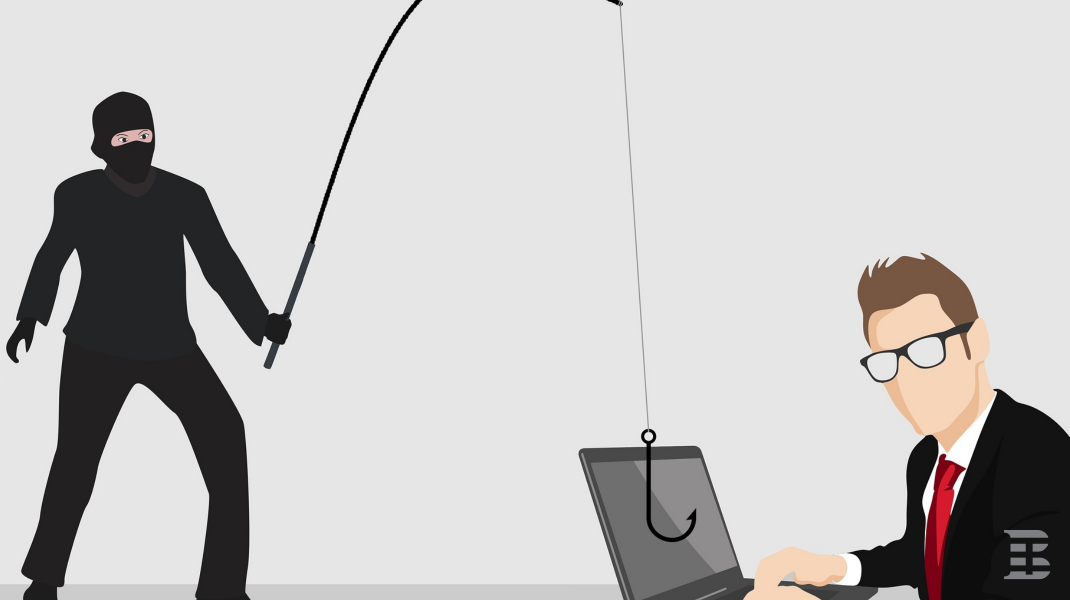The Evolution and Impact of Phishing Attacks - A Comprehensive Analysis

Phishing emails have been an inevitability in the inbox for almost as long as email has existed. Millions of phishing emails are sent every single day and this is a trend that has increased in recent years. But is it also true that phishing emails have been changing in their nature recently. Things are not quite as simple as they used to be.
In fact, part of the deviousness of phishing attacks has always been their obviousness. It has been well established that typos and grammatical errors were inserted intentionally into phishing emails precisely because they want to filter out anyone capable of spotting them. Phishing attacks traditionally have targeted only the most gullible and vulnerable victims.
However, phishing attacks have evolved and become more sophisticated. In this article, we will take a look at how this has happened and what businesses can do about it.
The evolution of phishing attacks
Phishing has been a persistent threat to businesses for years, with malicious actors using increasingly sophisticated techniques to steal sensitive information and wreak havoc on their targets. Historically, the largest phishing attack targeted Google and Facebook and took place between 2013 -2015.
The evolution of phishing attacks can be traced back to the early days of the internet when attackers would send simple emails that appeared to come from a trusted source, like a bank or other financial institution. These emails would ask recipients to provide personal information or log in credentials that would then be used to gain access to their accounts.
Over the years, phishing attacks have become much more savvy. Hackers now use techniques like email spoofing, which involves forging the sender address of an email to make it appear as if it is coming from a trusted source. They also create fake websites and web pages that closely mimic the look and feel of legitimate sites, making it easier for them to steal credentials from unsuspecting victims.
Modern phishing
In addition to these basic techniques, modern phishing attacks can now also include multi-layered attacks that use many tactics to fool victims. For example, attackers might first send a seemingly legitimate email asking the recipient to download a software update, which is actually malware that infects the recipient's computer. The attacker could then use that same malware to steal information or compromise the recipient’s computer further.
Another technique that has become popular in recent years is social engineering. This involves using psychological tactics to trick people into giving up sensitive information or making them more susceptible to phishing attacks.
For instance, an attacker might send an email that appears to be from a trusted colleague, asking the recipient to update their online banking details because their account has been compromised. This kind of attack takes advantage of people's trust and familiarity with their contacts, making it easier for the attacker to steal information.
Similar is the business email compromise (BEC) attack, where hackers gain access to the account of a senior member of the team. They then make a request to the accounting department for a payment to a new supplier (in fact just the hacker’s account). The accounting team puts through the payment and then no-one realises anything has happened until the accounts are audited.
The rise of AI in phishing attacks
Artificial intelligence (AI) and machine learning are rapidly advancing technologies that are playing a role across many different industries. Unfortunately, cybercriminals have also recognised the potential of these technologies, and are now using them in phishing attacks to make them more sophisticated and successful.
In the past, phishing attacks were relatively simple and easily recognisable, with hackers sending out generic emails asking for personal information or login credentials. However, with the use of AI, phishing attacks are becoming much more sophisticated and harder to detect. AI algorithms can now analyse the behaviour of potential targets and mimic it, making it difficult to distinguish between a genuine message and a phishing scam.
Moreover, AI algorithms can analyse past phishing attacks and learn from them, making the attacks more effective and harder to detect. For example, they can generate convincing subject lines and email content that is relevant to the target, increasing the chances of the recipient falling for the scam.
In addition, AI can be used to automate phishing attacks, making it possible to send out thousands of phishing emails at once. This means that the attackers can reach a much larger audience, increasing their chances of success.
How to minimise the risk of phishing emails
There are many things that businesses can do to minimise the risk of phishing attacks taking place against them. Some of the key things you can do include:
-
Regular staff training - provide regular cybersecurity training to all employees, with a focus on phishing attacks. This will help employees recognise the signs of a phishing attack, including suspicious emails and URLs, and they'll know how to handle them properly. Cybersecurity specialists Censornet recommend: “training staff to spot phishing emails by testing them ’in the wild’, with automated simulations direct to their inboxes.”
-
Use multi-factor authentication - require multi-factor authentication for accessing sensitive information and systems. This helps prevent unauthorised access even if login credentials are stolen.
-
Regularly update software - regularly update all software, including operating systems, applications, and security software. Hackers often target vulnerabilities in out-of-date software.
-
Limit access to sensitive information - limit access to sensitive information to only those who need it to perform their job functions. This reduces the attack surface and makes it harder for hackers to steal sensitive information.
Phishing attacks are undoubtedly becoming more sophisticated, but thankfully businesses can take steps to minimize the problems that they can cause. It is always sensible for companies to work with cybersecurity professionals to ensure they have a high-quality plan in place to defend against phishing attacks.